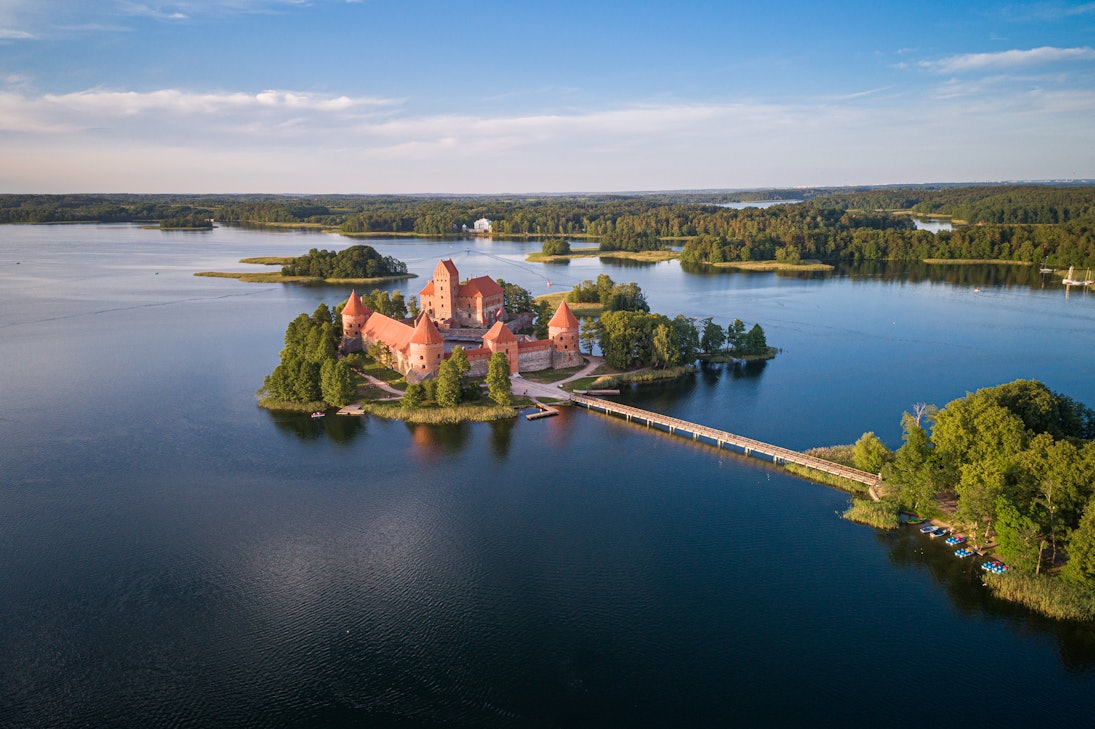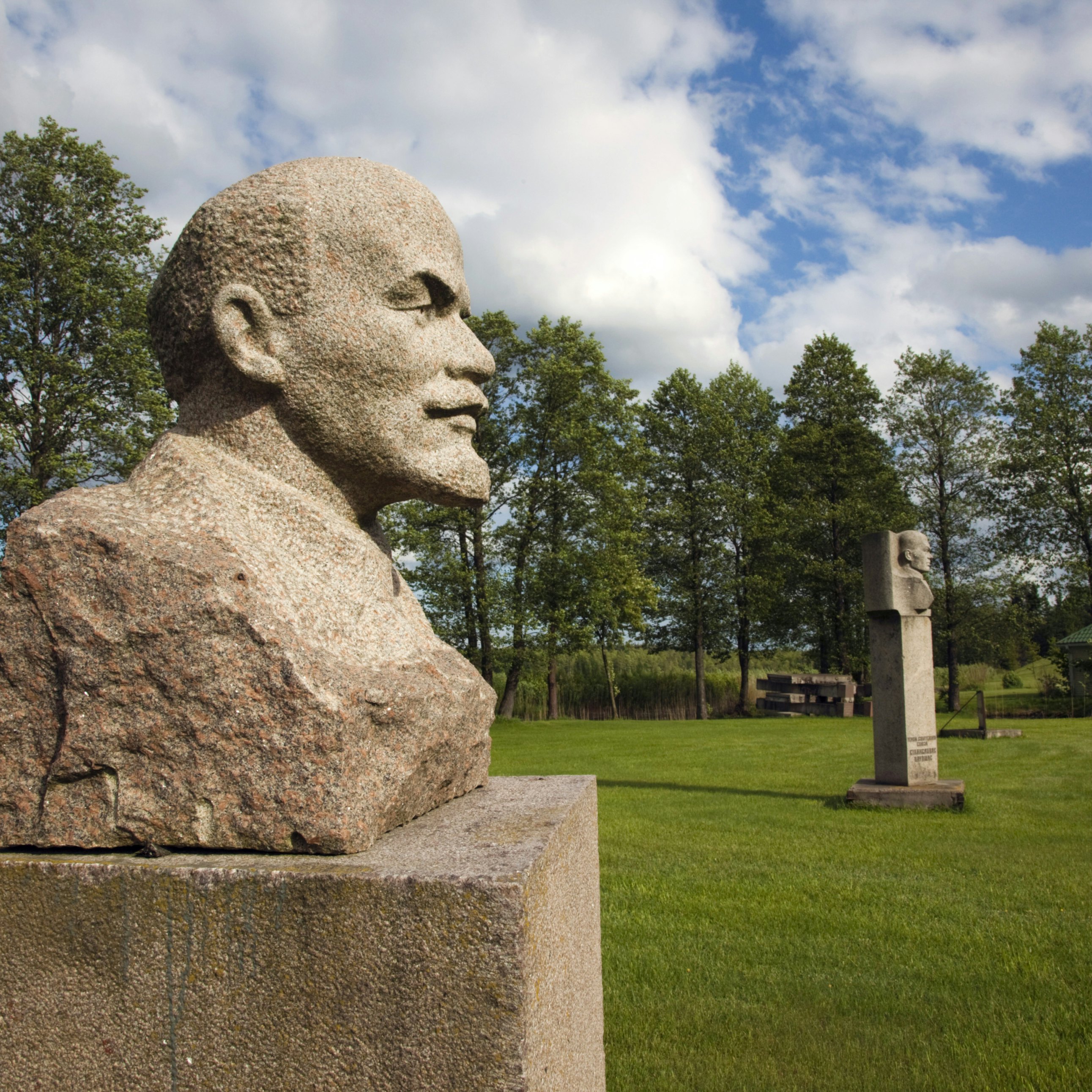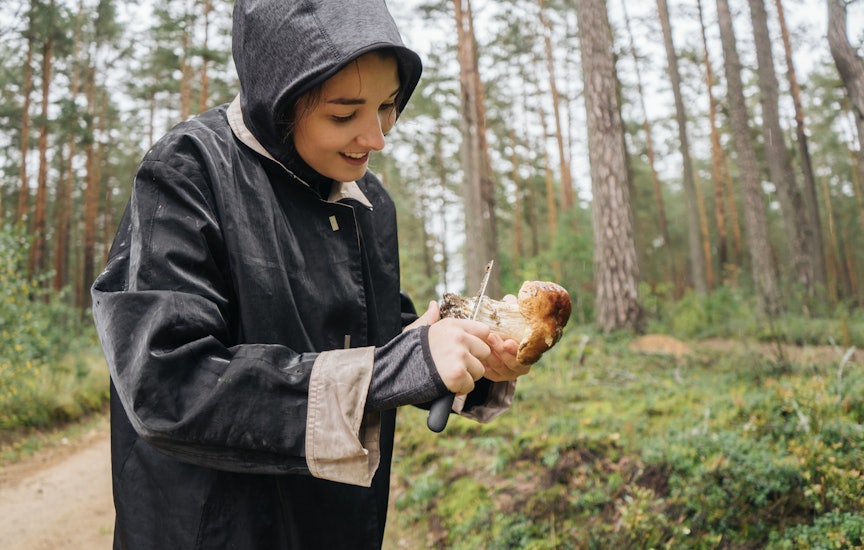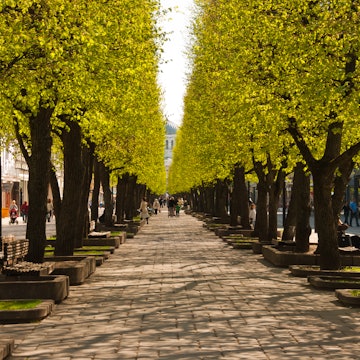

iStock
Overview
Blame it on the Baltic sea breeze or the almost-endless midsummer days: Lithuania has an otherworldly quality. In the southernmost of the Baltic states, beaches are spangled with amber and woodlands are alive with demonic statues. Medieval-style mead and traditional wood-carving never went out of style.
Plan your trip with Guide, an AI travel planner!
Create a personalized trip itinerary in seconds using artificial intelligence.
Must-see attractions
Planning Tools
Expert guidance to help you plan your trip
Best Things to Do
Experience the best of Lithuania with our pick of the nation's top things to do.
Read full article
in partnership with getyourguide
















